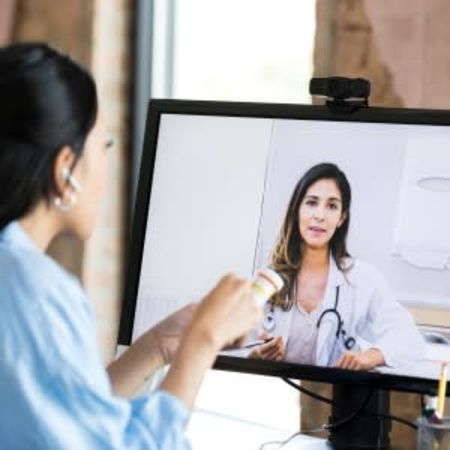A recent study shows that telemedicine helped to lower the rates of no-shows among surgical patients.
The study revealed that surgical patients who used telemedicine were more likely to present themselves to their initial clinic appointment or follow-up visit during the post-surgery period, compared to those who did not use telemedicine at all.
Researchers used data collected between 2018 and 2021 from the University of Alabama Birmingham. They set out a goal to assess the association between telemedicine use and patient no-shows. The aim is to determine whether telemedicine had any impact on the rate of no-show visits.
The data was split into three groups, consisting of a historical control group of in-person
visits between January 2018 and March 2020, a contemporary control group of in-person visits between March 2020 and December 2021, and a contemporary group of patients scheduled for telemedicine visits between March 2020 and December 2021.
Between the three groups, 11.3% of the 553,475 total visits were no-shows. Among in-person appointments, the no-show rate was the highest with a percentage of 11.7%, in contrast to 2.5 in the telemedicine group. A multivariable adjusted analysis of telemedicine visits found the odds of no-show visits were reduced by 79%.
The study also demonstrated differences in the no-show rates among the different demographics. For instance, among older patients, those insured with Medicare and in the historical control group, no-show visits were less common.
In addition, researchers found existing disparities in no-show visits. Males had a 12% higher likelihood of not completing their appointments than women. Black patients were 68% more likely to be no-shows than white patients, and Asian patients were 32% more likely to be no-shows. Patients from countries with a higher social vulnerability index were 13% more likely to have an incomplete appointment.
As telemedicine is proven to be a convenient tool, the priority is to address the digital divide for patients.
Lead study author Connie Shao, MD, a general surgery resident at the University of Alabama Birmingham said, “We’ve partnered with a grassroots community program to train people in our community, especially older and more vulnerable people, on how to use telemedicine”.
“We can help keep these patients engaged in the healthcare system without having to take up their entire day to come and see us in the hospital”.
References:
Shao C et al. (2022) Telemedicine Associated with Decreased No-show Visits among Surgical Specialties.Scientific Forum.American College of Surgeons Clinical Congress.


























